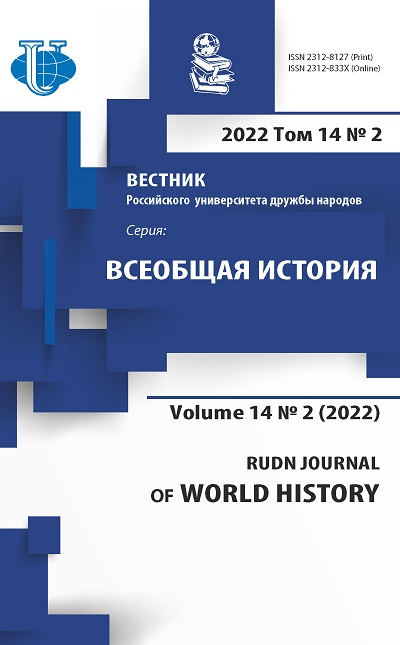Abstract
This article analyzes the contribution of G.N. Roerich in the study of Tibetan epic of Gesar. Long years spent on expeditions, communication with the authentic population in remote places of Central Asia, an open-minded attitude towards the natives, as well as knowledge of local languages allowed him to collect unique material concerning the existence of legends, stories, songs and epic tales about the king-warrior Gesar. Based on the analysis of the data obtained, G.N. Roerich came to the conclusion about the unity of the ancient culture of the population of Tibet. The epic about Gesar, in his opinion, was associated with the ancient religion worshipping the forces of nature and space, associated with the art of the animal style, as well as with the barrow and megalithic culture. Studies of the epic about Gesar open the way for a deeper and broader analysis concerning the presence in Asia of the cultural and historical community of peoples in the ancient era, as well as the theme of large migrations of ancient tribes that spread throughout the Eurasian continent symbols and images that are similar in their semantic content.













